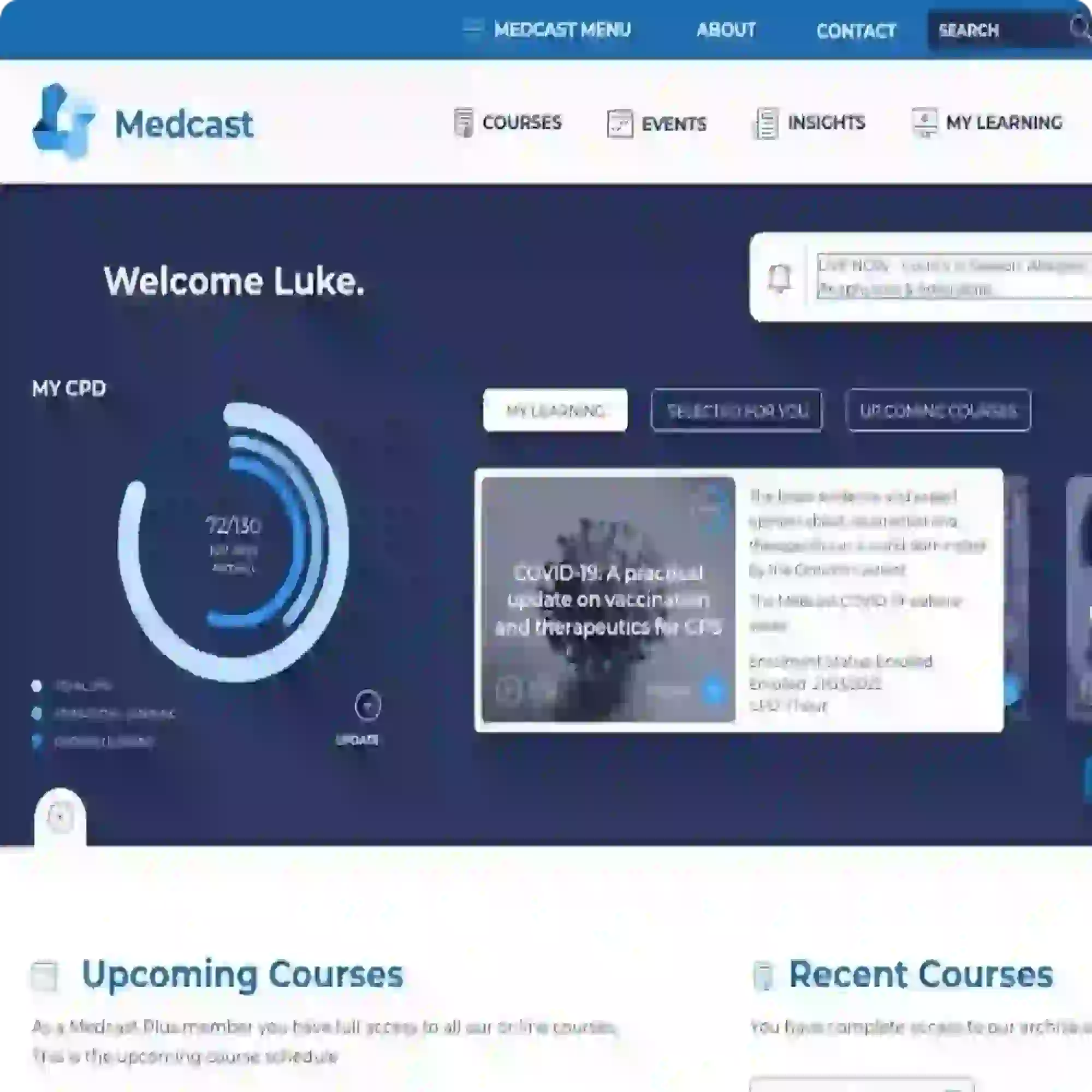Helping Adolescents 3 - BITE BACK
As websites for adolescents go, BITE BACK is a little different. Developed by researchers at Black Dog Institute it still contains all the information and psychoeducation seen on the other websites, but it has a strong focus on the positive aspects of life and a level of interactivity not seen elsewhere.
BITE BACK is full of perspective shifting activities for young people to get involved in. These include:
- A gratitude journal (called the “Thank Tank”) where young people can share their thoughts about the good things in their life, however small,
- a mindfulness building section called “Snap Chat” where they can submit photos based on the theme of the week,
- “Power Up” which contains downloadable recordings of mindfulness and relaxation exercises and
- a place where users can submit their “Real Stories” for others to read.
Each of these sections contains a second level of interactivity where users can discuss what they like or do not like about the activity and how it helps them.
Also on the site are sections about Mental Fitness, a library of information resources (the Bookshelf), blogs and occasional competitions with awesome prizes!
BITE BACK is designed to be as engaging as possible for its target audience of 12 to 18 year olds and to promote a sense of community as well as personal wellbeing. It is professionally moderated by a team at Black Dog Institute and forms part of the Institute’s Digital Dog suite of programs and research projects.
Have a good look around the BITE BACK site and decide if its interactive subtle form of “therapy” is right for your practice.
Young people don’t really need to be mentally unwell to benefit from using BITE BACK. Using the site may be a good tool to help them through the normal struggles of adolescence.

Gerhard is a full professor of Clinical Psychology at Linköping University, Sweden since 2003, an
d affiliated researcher at the Karolinska Institute, Sweden. Professor Andersson is an internationally recognized researcher in the field of CBT delivered through information and communication technology, as well as the author of the book “The Internet and CBT: a clinical guide”.
UPDATED
The PTSD Program for people with Post Traumatic Stress Disorder.
Do you know anyone who has difficulty motivating themselves to exercise? I think we all know people who get too depressed to exercise or too anxious to leave the house. But there are other people who, despite a lack of “diagnosis”, find exercise hugely difficult to contemplate.
As someone who has practiced medicine for almost four decades I have had the opportunity to observe firsthand the upsurge in the use of opioid pain killers in non-cancer pain.

